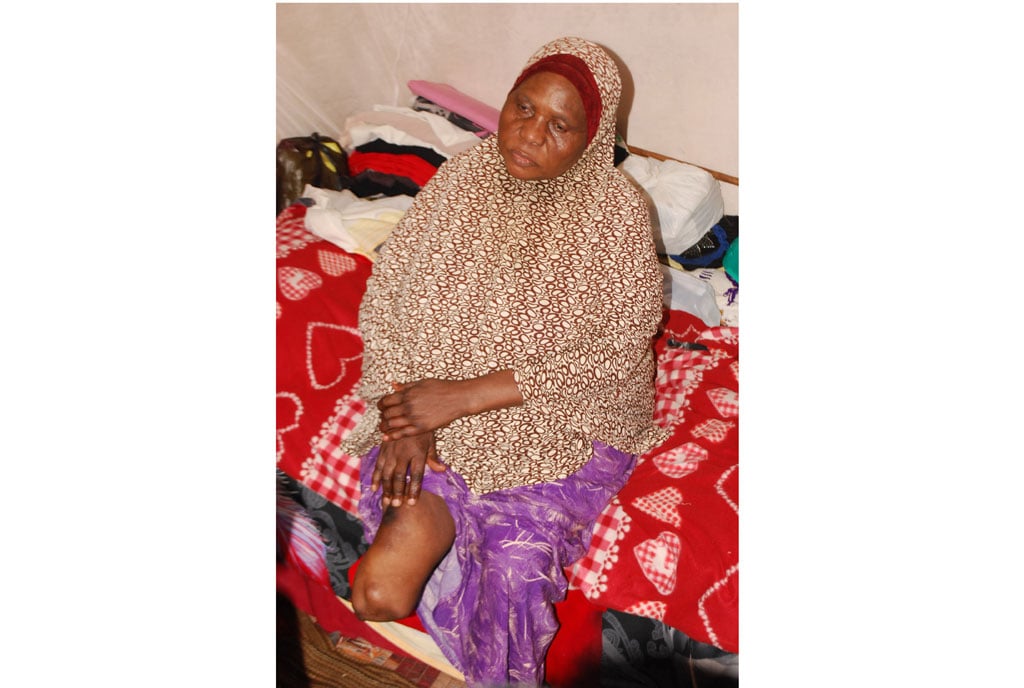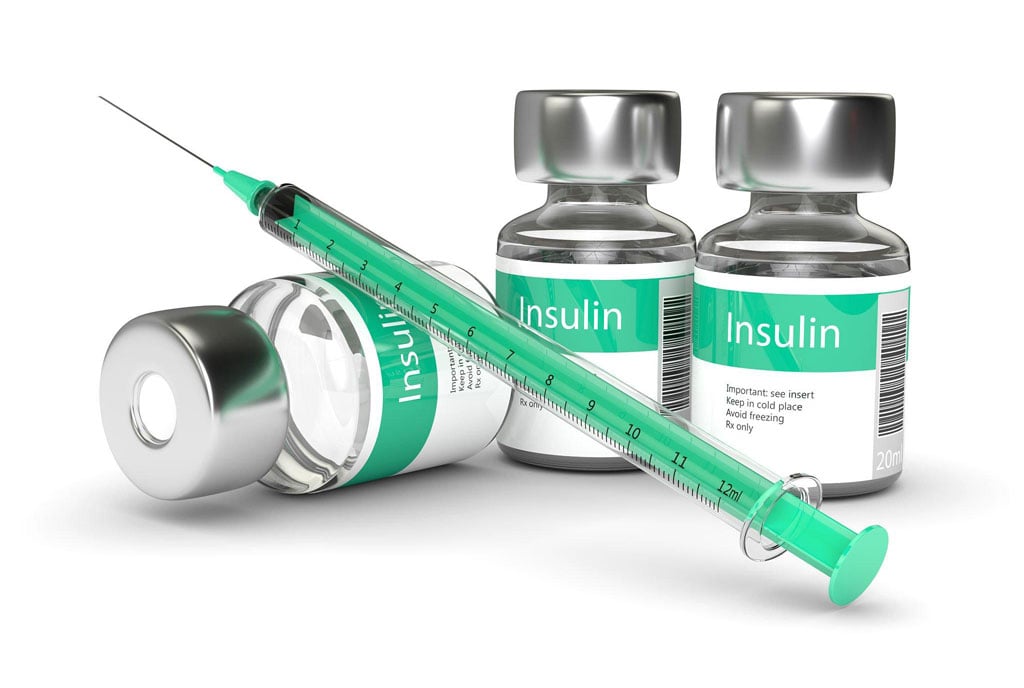Diabetic patients ask govt for free drugs

Ms Zubeda Nakabuga whose leg was amputated due to diabetes. PHOTO/JULIUS BYAMUKAMA
What you need to know:
- While an estimated 3 percent of over 44million Ugandans live with diabetes, more than 88 percent of them are not sure about their diabetic status, the Uganda Health Sector Survey 2014 reveals.
Diabetic patients in Mbarara City have tasked the government to avail more drugs and testing services in public health facilities.
The chairperson of Mbarara Diabetic Patients Association, Mr Darius Ahimbisibwe, said they face many challenges in accessing drugs.
“We request the government of Uganda to intervene and help our clients by giving them free testing; there is where a diabetes patient require to take both hypertension and diabetes drugs but when they reach at the hospital, they are given only drugs for diabetes,” he said in an interview on Tuesday.
Ms Zubeda Nakabuga, 59, a resident of Kiswahili Cell in South Division, Mbarara City, said she has lived with diabetes for 22 years but spends Shs700,000 monthly on medication.
Ms Nakabuga narrated how diabetes led to her amputation of the leg.
“In 2000, I experienced itching in my legs; feeling totally unwell, I went to Kampala International University Teaching Hospital and I was diagnosed with diabetes. They said I was dehydrated, with less blood in my body, and was put on medication but my condition kept deteriorating,” she said.
“They had to keep cutting off my feet nails one by one and in 2019, they had to cut off (amputate) my leg,” she added.
Current situation
Mr Ahimbisibwe said despite efforts by Mbarara Regional Referral Hospital to support the diabetic patients, the drugs are not enough.
“We decided to form our association in order to improve the health standards of diabetes patients; currently we are 3,500 members. We offer free tests and medication and also give our members health education and sensitise them about the diseases and challenges encountered,” he said.
The director of Mbarara Regional Referral Hospital, Dr Celestine Barigye, said there is a need to sensitise the public on diabetes so that people can easily know how to prevent it.
“Diabetes is in two types, there is juvenile diabetes, which is inborn, especially to young babies, that is rare because usually children die before parents or doctors have known the cause, and there is also diabetes that catches the adults. This disease has increased because of the diet and lack of exercise among people. It’s a non-communicable disease,” he said.
Dr Barigye said the hospital has big numbers of diabetic patients yet they receive few drugs, which makes it hard for every patient that comes to the facility to get medication.
“Mbarara regional referral is one of the centres with many patients with diabetes and we do not have enough medicines. We do not get medicines in big quantities because they are expensive. Patients had to form an association to help them collect contributions and purchase enough drugs,” he said.
Worrying trend
The Uganda Diabetes Phenotype (UDIP) research done between February 2019 and October 2020 in hospitals in Kampala, detected a high prevalence of diabetes among lean people, contrary to the conventional picture that links the disease to obesity.
While an estimated 3 percent of Ugandans live with diabetes, more than 88 percent of them are not sure about their diabetic status, the Uganda Health Sector Survey 2014 reveals.
The survey says the increased diabetic conditions among the young and elderly persons is a result of low consumption of vegetables and fresh fruits.




